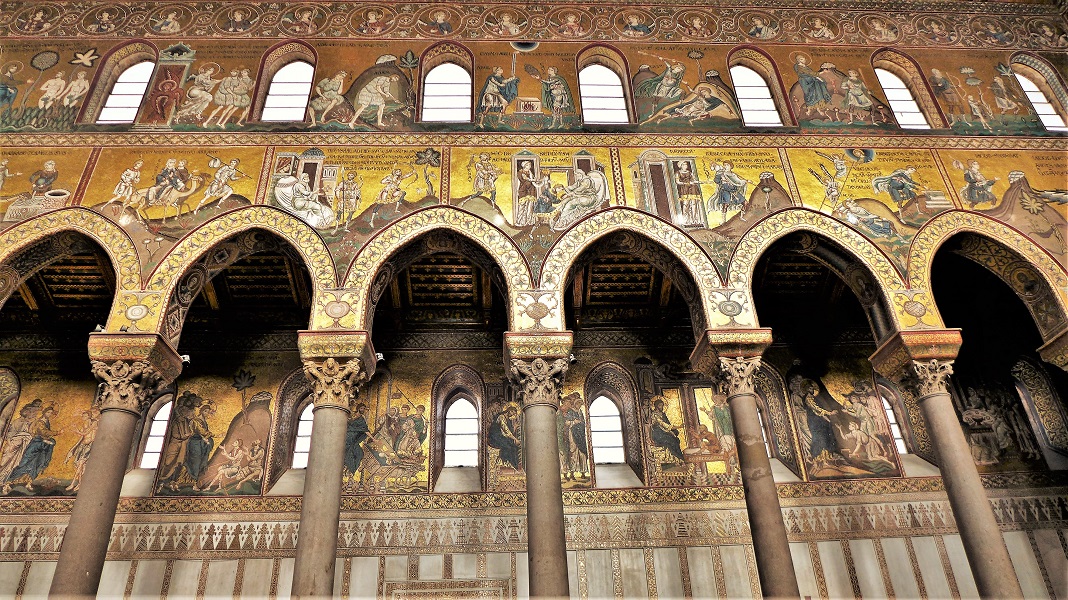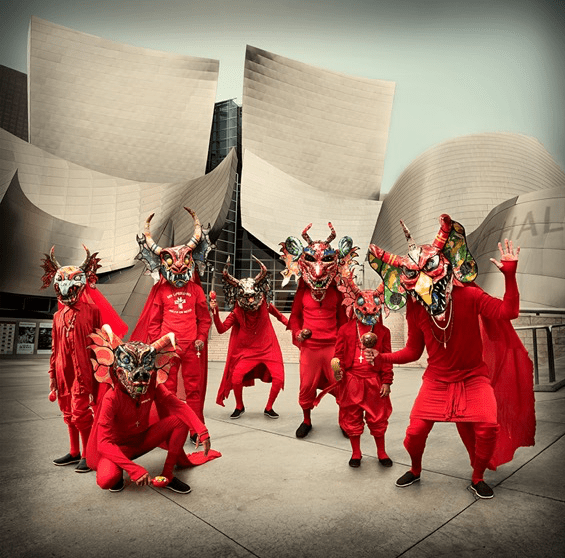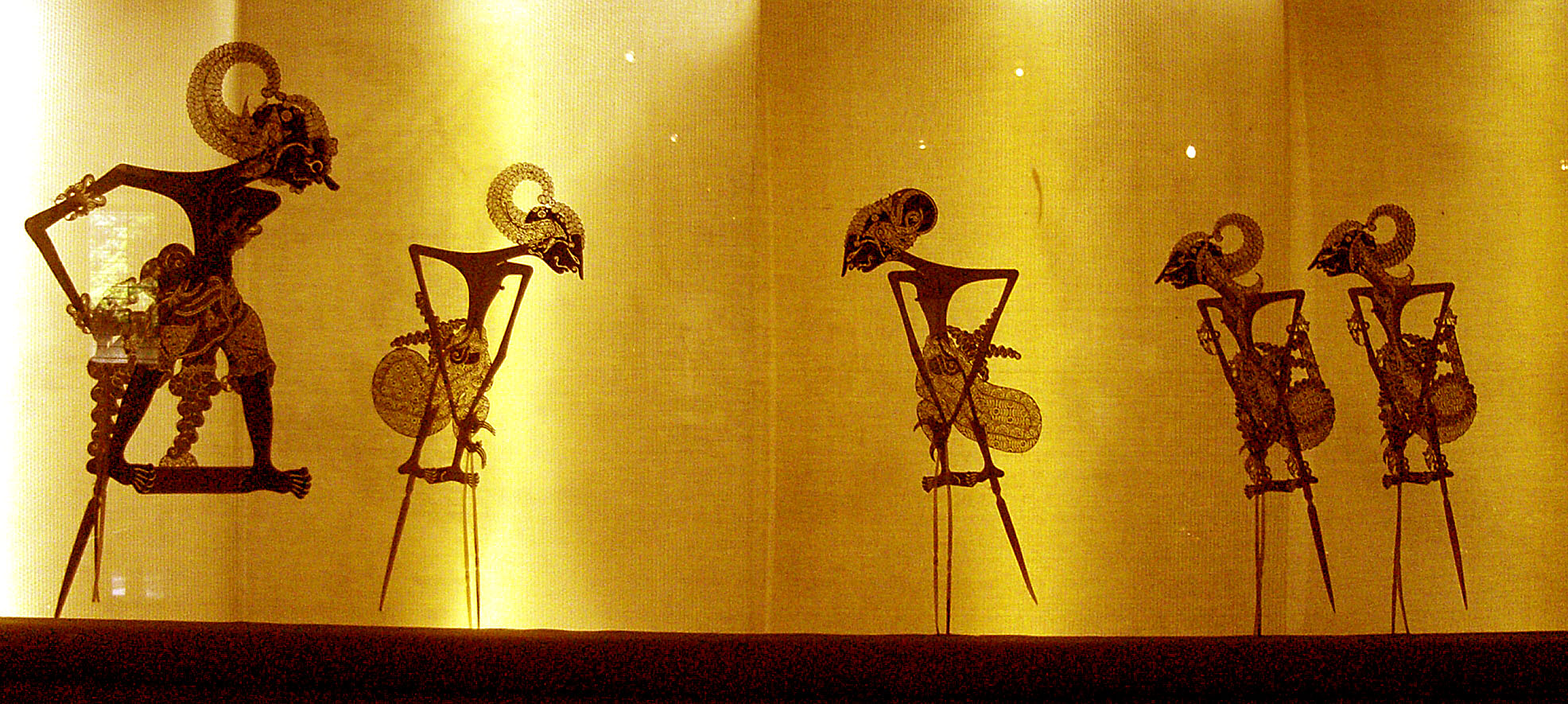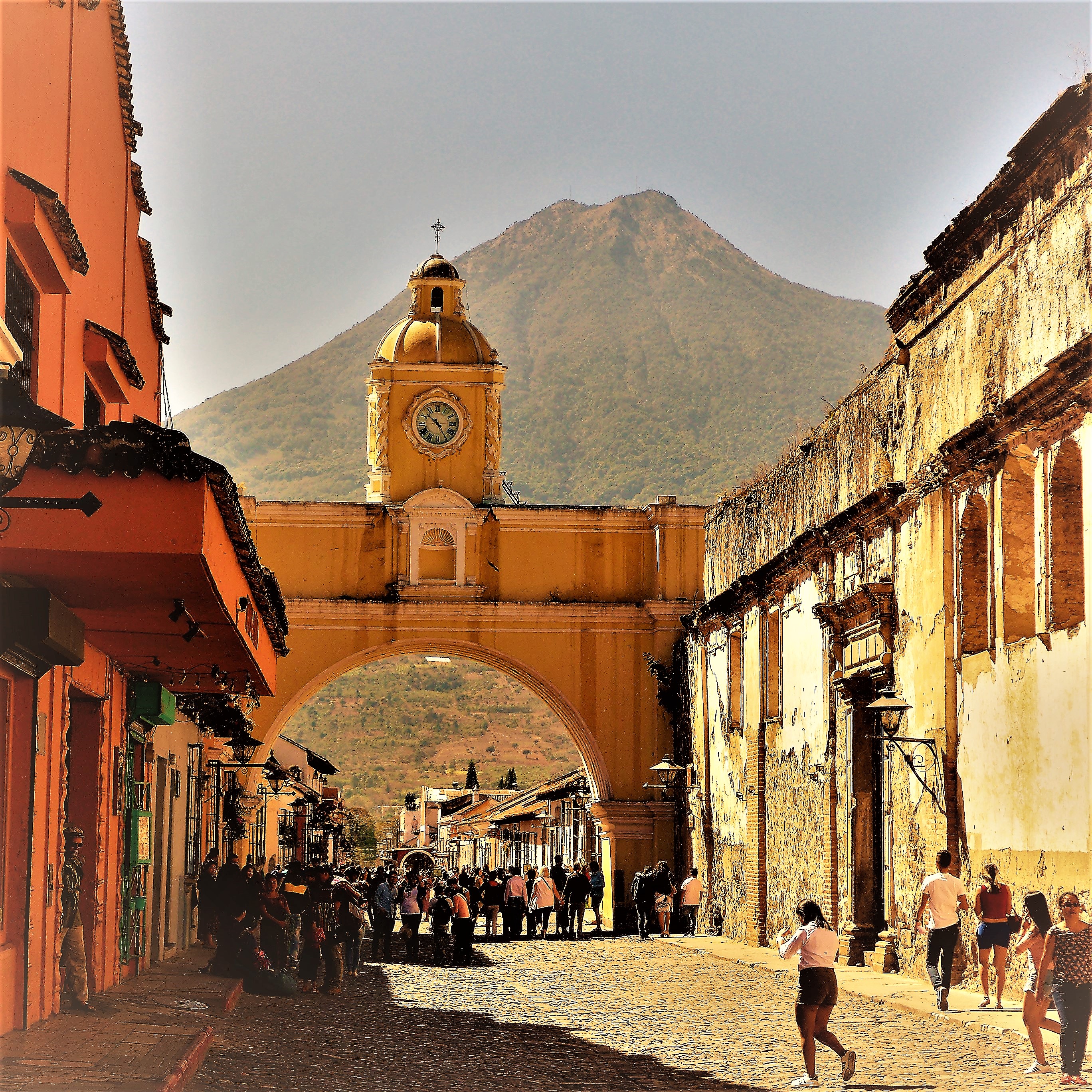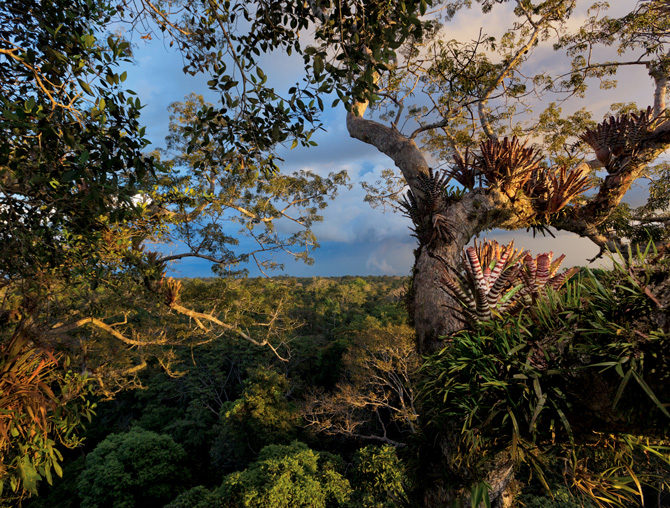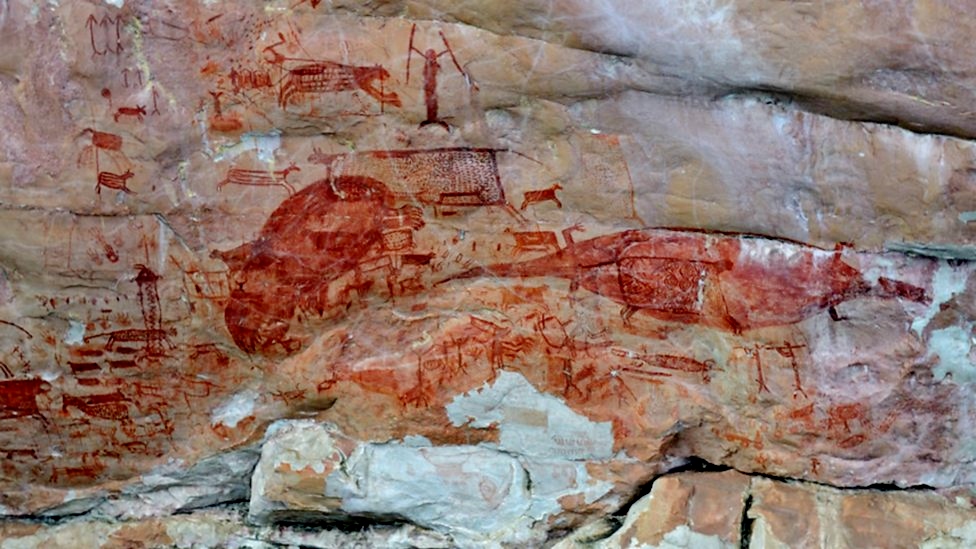In this EcoJustice Radio episode, we discuss the struggle to protect the sacred lands and culture of the Wixárika people, also known popularly as the Huichol, an indigenous group inhabiting the remote reaches of the Sierra Madre Occidental of Mexico. Our guests are Andrea Perez, Indigenous Environmental Justice Advocate, and Susana Valadez Director of the Huichol Center for Cultural Survival and Traditional Arts. Jessica Aldridge did the interview.
Tag: UNESCO
Angels and Saints in Mosaic at Sicily’s Monreale Cathedral
The Cathedral at Monreale, built between 1170 and 1189, in a hilltown above Palermo, Sicily, is a masterpiece of Arab-Norman Byzantine mosaics created by craftspeople from Constantinople.
Dancing Devils of Venezuela Challenge US Consumer Culture
An exhibition by artist Cristóbal Valecillos in Los Angeles invoked the Dancing Devils of Yare, a 400-year old Venezuelan tradition celebrating life, the triumph of good over evil, and renewal. His provocative interpretation of the diablo masks, hand-sculpted from repurposed waste materials, takes aim at culture and consumption in the US, a plea for overcoming.
Hindu Epic ‘Mahabharata’ in Balinese Shadow Theatre and Dance
The timeless brilliance of the Hindu epic Mahabharata, illuminated by the mysterious art of Balinese shadow theatre, enacted to the percussive metallophones of traditional gamelan ensembles.
Volcanoes Loom Over Vibrant Colors of Antigua Guatemala
Surrounded by volcanoes, coffee plantations, and picturesque villages, the once-ruined former colonial capital, Antigua Guatemala, remains the most charming city in the Republic, a vibrant and somewhat overly commodified mix of Ladino-Spanish, Kaqchikel-Maya, and multinational Gringo cultures coming together.
Ecuadorian Amazon Under Oil Assault to Service Chinese Debt
Ecuadorian state capitalism has sacrificed significant tracts of one of the planet’s most important biosphere reserves, Yasuni National Park in the Amazonian region, to a massive new oil drilling project. It threatens multiple indigenous territories and the area’s biodiversity and ecosystem integrity.
Colombia: Stunning Indigenous Rock Art from Amazonia
Prehistoric paintings on vertical rock faces in an Amazonian wilderness in Colombia were recently photographed and filmed for western eyes. The pretense of this British filmmaker as the “discoverer” of the paintings is of course ludicrous. The once populous Karijona Tribe most likely painted these masterpieces, and continue to live uncontacted in the vast rainforest, and anthropologists and explorers have studied the region for hundreds of years.


